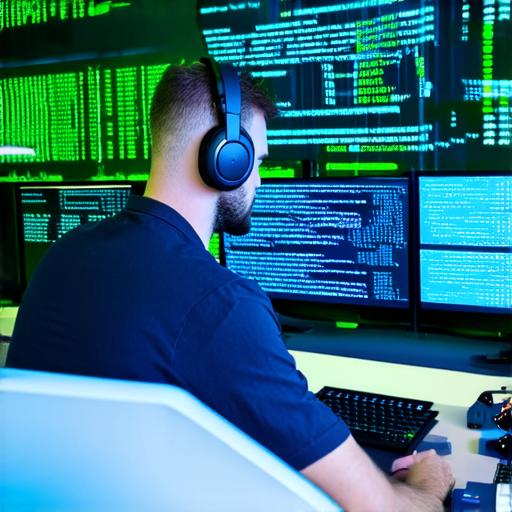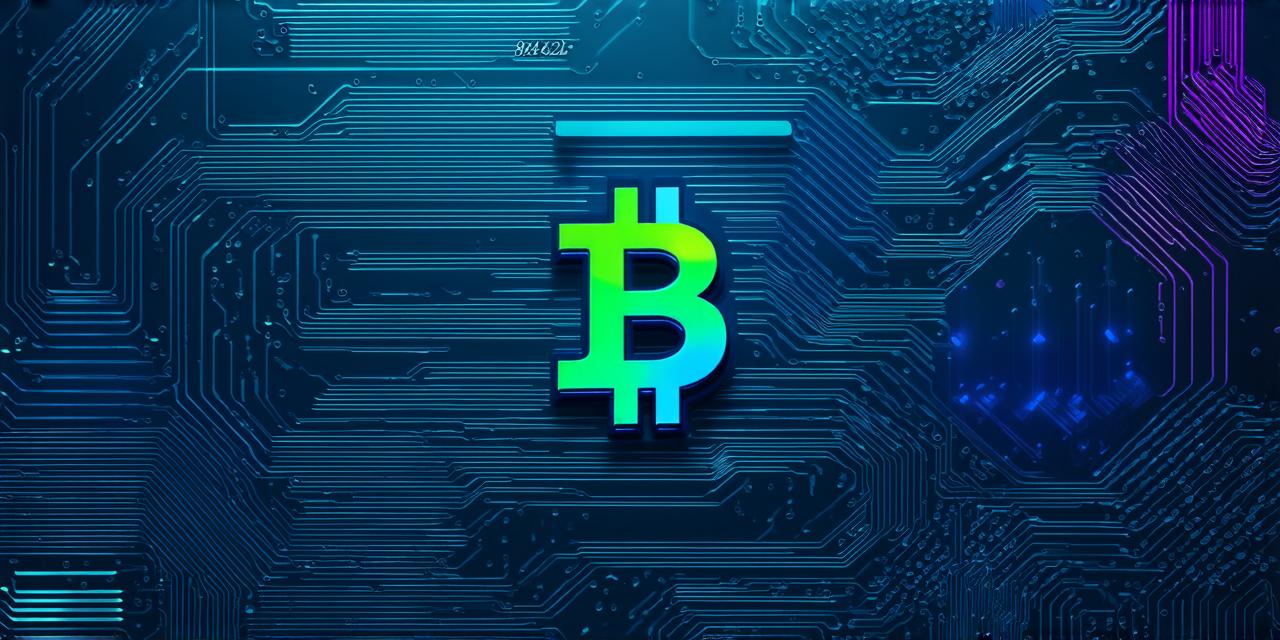Blockchain is a distributed ledger technology that allows for secure and transparent transactions without the need for intermediaries. It was first introduced with the creation of Bitcoin in 2009, but since then, it has become a buzzword that refers to any decentralized database or record-keeping system. In this article, we will explore what blockchain is, how it works, and its potential applications.
Understanding Blockchain
At its core, a blockchain is a chain of blocks that contain information about transactions or other events. Each block contains a cryptographic hash that links it to the previous block in the chain. This creates an immutable and tamper-proof record of all transactions that have occurred on the network.
The decentralized nature of the blockchain means that there is no central authority responsible for maintaining the ledger. Instead, each participating node on the network maintains a copy of the ledger, and transactions are verified by a consensus mechanism to ensure that they are valid and in accordance with the rules of the network.
Potential Applications of Blockchain
The potential applications of blockchain technology are vast and varied. Here are some examples:
- Cryptocurrencies: The most well-known application of blockchain is cryptocurrency, such as Bitcoin and Ethereum. These digital currencies use a blockchain to record transactions and maintain the integrity of the network.
- Smart Contracts: Blockchain technology can be used to create smart contracts, which are self-executing contracts that automatically enforce their terms. Smart contracts have the potential to revolutionize industries such as finance, real estate, and supply chain management.
- Supply Chain Management: Blockchain technology can be used to create a transparent and secure supply chain network. This would allow for better tracking of goods and ensure that they are authentic and not counterfeit.
- Identity Verification: Blockchain technology can be used to create a decentralized identity verification system that is more secure and private than traditional systems.
- Healthcare: Blockchain technology can be used to create a secure and transparent healthcare network that allows for better sharing of patient data and improved care coordination.
Real-Life Examples of Blockchain in Action
There are already many real-life examples of blockchain in action. Here are some examples:
- Walmart uses a blockchain to track the origin and movement of food products, which has helped them identify and remove tainted products from their shelves more quickly.
- IBM has partnered with Maersk to create a blockchain-based supply chain management system that allows for better tracking of goods as they move through the supply chain.
- The Estonian government uses a blockchain-based e-voting system, which has been praised for its security and transparency.
- Coinbase, one of the largest cryptocurrency exchanges in the world, uses a blockchain to record transactions and maintain the integrity of their network.

FAQs
1. What is a blockchain?
A: A blockchain is a decentralized ledger technology that allows for secure and transparent transactions without intermediaries.
2. How does a blockchain work?
A: A blockchain consists of blocks that contain information about transactions or other events, linked together by cryptographic hashes that ensure the integrity of the network.
3. What are some potential applications of blockchain technology?
A: Some potential applications include cryptocurrencies, smart contracts, supply chain management, identity verification, and healthcare.
4. Are there any real-life examples of blockchain in action?
A: Yes, there are many real-life examples, such as Walmart’s food traceability system, IBM’s supply chain management system, Estonia’s e-voting system, and Coinbase’s cryptocurrency exchange.
Summary
Blockchain technology has the potential to revolutionize industries and change the way we think about data sharing and security. While there are still challenges to overcome, the decentralized nature of blockchain means that it is resistant to tampering and hacking, making it a powerful tool for creating secure and transparent systems.
